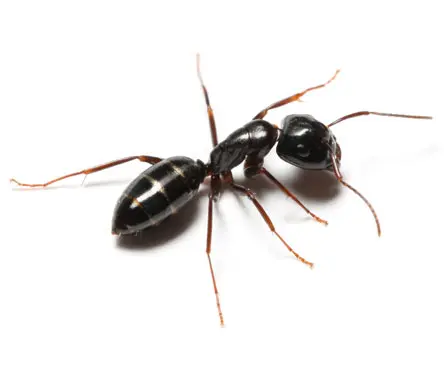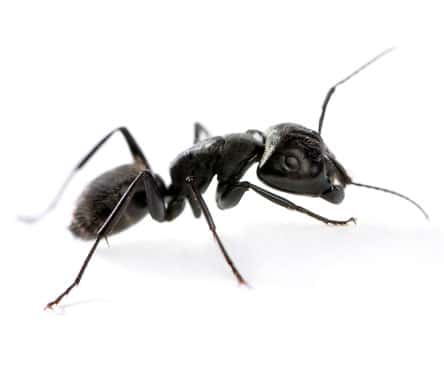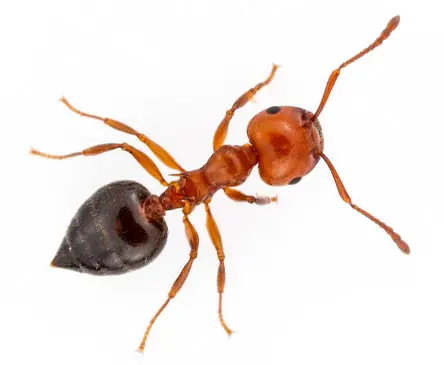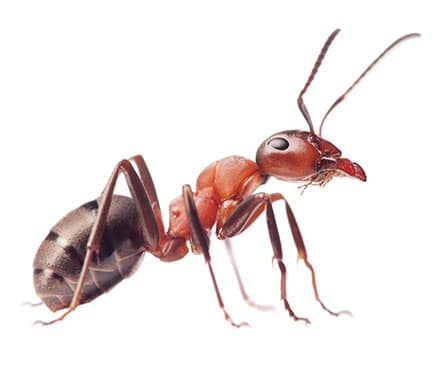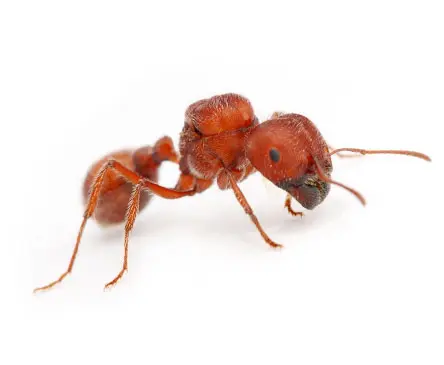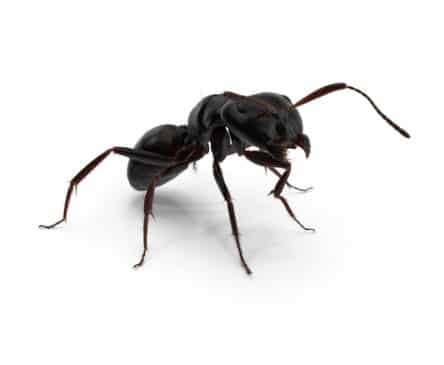Oklahoma's climate creates perfect conditions for ant infestations, and Tulsa homeowners face these persistent pests year-round. At Emtec Pest Control, we've been solving ant problems across Northeast Oklahoma for over 40 years with proven, safe ant control methods that eliminate colonies completely.
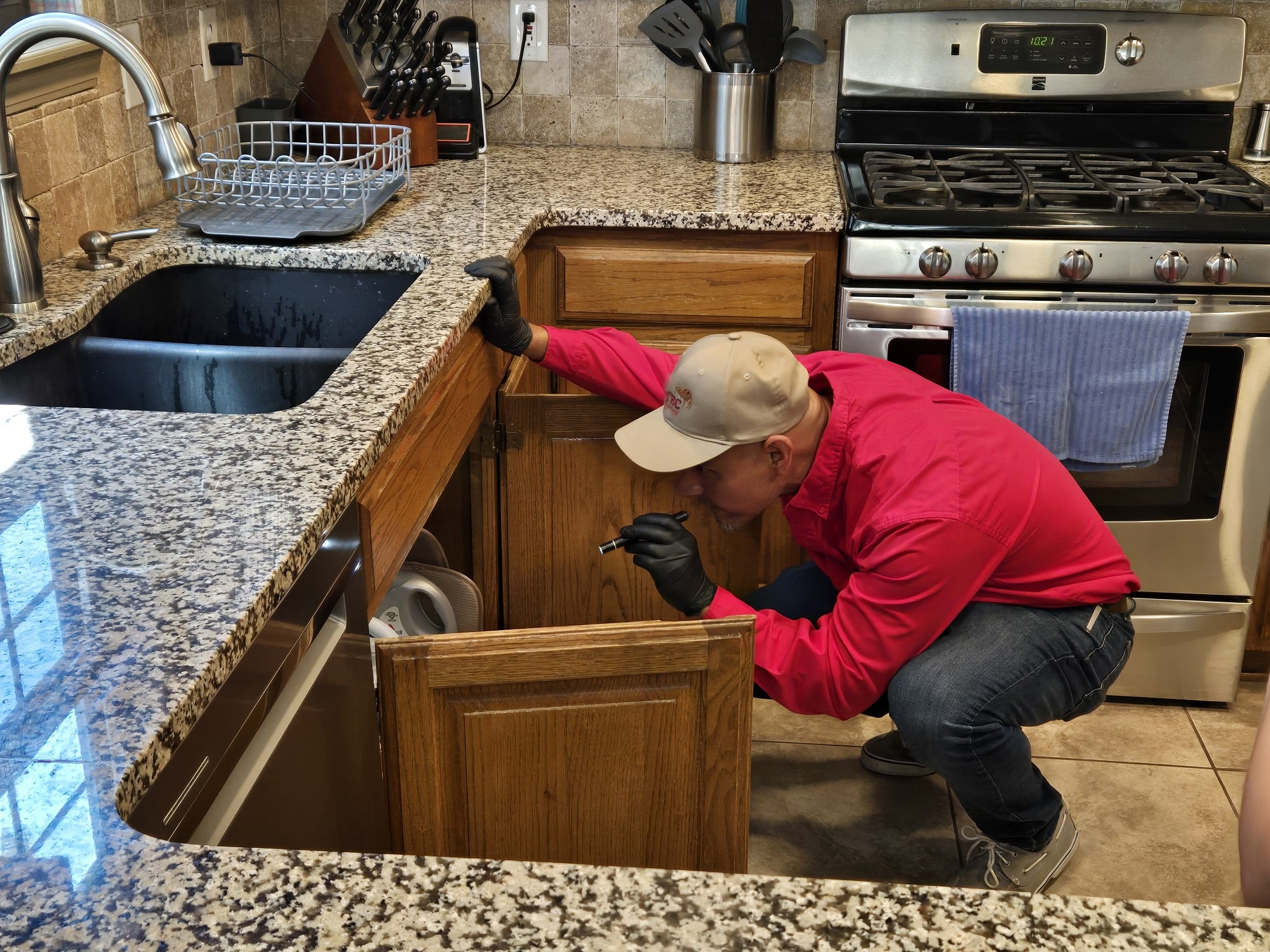
Why Tulsa Homes Attract Ants
Ants thrive in Oklahoma's humid summers and mild winters. These tiny invaders can squeeze through cracks smaller than a credit card, following chemical scent trails directly to your kitchen, pantry, and pet food areas. Once inside, they establish satellite colonies in wall voids, under floors, and in other hidden spaces throughout your home.
A single ant colony can house up to 500,000 ants, with queens living up to 15 years and continuously producing new workers. This means a small ant problem quickly becomes a major infestation without professional ant control intervention.
Why DIY Ant Control Fails in Tulsa
Store-bought sprays and baits typically only kill the ants you see – usually just 10% of the total colony. The remaining 90%, including the egg-laying queen, stays hidden and continues reproducing. Within weeks, the problem returns worse than before.
Professional ant control targets the entire colony system. This includes hidden nests in wall voids and structural areas, satellite colonies throughout your property, entry points and trail networks, plus queen ants and breeding populations. Effective ant control requires understanding ant behavior, colony structure, and species-specific treatment approaches that homeowners simply don't have access to.
Common Tulsa Area Ant Species
Understanding the specific ant species in your home is crucial for effective ant control. Each species has unique behaviors, nesting preferences, and requires specialized treatment approaches. Our experienced technicians can quickly identify which type of ant is causing your problem and implement the most effective ant control strategy for complete elimination.
Your Complete Ant Control Strategy
Every successful ant control strategy starts with prevention, but even the most diligent homeowners sometimes face situations that require professional expertise. Learn how to protect your property and recognize the warning signs that indicate it's time to call in the experts.
Effective Ant Prevention for Tulsa Homeowners
Successful ant control combines professional treatment with ongoing prevention strategies. The most important step in effective ant control is eliminating food sources that attract ants in the first place. Follow these essential prevention strategies to make your home less attractive to foraging ants:
Store all food in airtight containers
Clean up spills immediately
Never leave dirty dishes in the sink overnight
Keep pet food sealed when not in use
Fix any leaky pipes and faucets promptly
Ensure proper drainage around your home
Address moisture issues in basements and crawl spaces
Seal cracks in foundations with caulk
Install door sweeps and weather stripping
Trim vegetation away from exterior walls
Keep firewood stored away from the house
Wipe down counters after cooking
Promptly clean up outdoor eating areas
Vacuum regularly, especially under appliances where crumbs accumulate
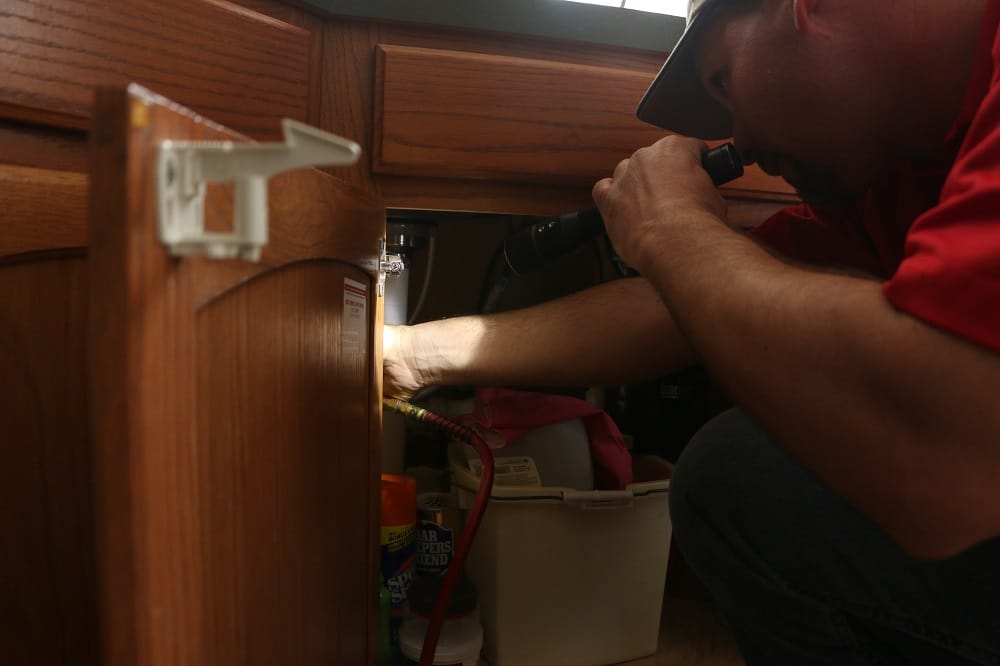
When Ant Control Becomes Necessary
While prevention is important, certain warning signs indicate that professional ant control intervention is necessary. Contact Emtec immediately if you notice ant trails leading into your home, as this indicates an established colony with active foraging routes. Ants appearing in multiple rooms simultaneously suggests a large infestation that has spread throughout your property's structure.
Large black ants are particularly concerning as they often indicate carpenter ant activity, which can cause serious structural damage over time. Outdoor ant mounds in your yard, especially the dome-shaped mounds of fire ants, pose health risks and require specialized treatment approaches. Previous DIY treatments that have failed are a clear sign that the colony structure is too complex for over-the-counter solutions.
Don't wait until a small problem becomes a major infestation. Early professional ant control intervention saves time, money, and prevents potential structural damage. Our experienced technicians can quickly assess the situation and implement effective ant control measures before the problem spreads throughout your property.
Frequently Asked Questions
Ready to Eliminate Your Ant Problem?


